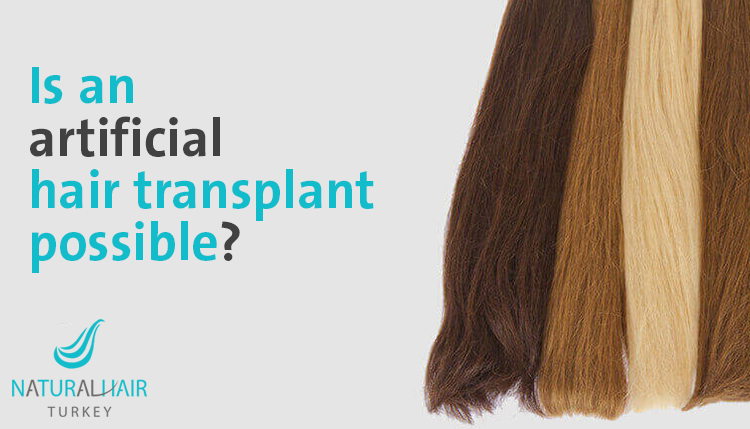Artificial hair implantation
Before getting into the details of this subject, we must realize the great effort that doctors and beauticians have done for decades to find the best solutions to the problem of baldness. These solutions began since 1956 with the use of the connected flap method, then the slide method in 1971, Through several stages up to FUE (Follicular unit extraction), followed by DHI (Direct Hair implant) technology and ROBOTIC DHI.
The beginning of artificial hair transplantation
In the early seventies the idea of hair transplantation has begun as a solution for the baldness issue, and with the competition of businesses and the presence of many types of artificial fibers used in the artificial hair industry in the cosmetics market, and with many companies and medical authorities claiming their ability to deal with this material and this way of hair transplantation, thousands of operations have been conducted in many countries of the world.
The concept of artificial hair transplantation
It is the implantation of hair follicles (synthetic fibers) in the hair-free area, which lost the follicles for a variety of reasons. These fibers are made of surgical threads, the same material used for wound healing. Some medical companies produced artificial hair from plastic components which have been used in their operations in that period of time.
The hair is cultivated by anesthetizing the area to be cultivated from the scalp superficially using fine needles, then each hair is planted and ends in a knot and is installed in the scalp, Then the fibrosis occurs around the hair which gives it strength and consistency.
The hair can be selected by color, length and spikes, usually the maximum length is between 15 to 30 cm.
The reasons for the prevention of artificial hair transplantation and it’s Harmful effects:
International drug organizations and medical and regulatory bodies have been headed to ban this method when artificial fiber complications have been compounded and have become a serious problem that plastic surgery doctors facing frequently.
Because of the risk it poses to the patient, The Food and Drug Administration (FDA) announced that the reasons for the ban were the frequent side effects of artificial fibers(artificial hair) which are:
– High risk of infection.
– Repeated body rejection of fibers and their falling in addition to loss of time and money to the patient.
– Skin allergies and recurrent infections.
– Concerns about causing certain types of cancer.
– The existence of cysts in the scalp.
– Causing alopecia.
– The growth of parasites and harmful bacteria in the holes of artificial fibers, which in turn leak into the human body, causing the risk of infection and septicemia.
The disadvantages of artificial hair transplantation:
In addition to the damage mentioned above, there are many disadvantages of this type of agriculture operations such as:
– The losing of artificial hair easily during exposure to combing and tightening or any external effect such as the sun and air.
– Requires certain detergents and shampoos for washing.
– The hair dryer cannot be used on hair and cannot be dyed or treated like natural hair.
– The person needs to have transplantation and renewed continuously every year or two.
– Physical and psychological damage to the patient with severe material losses.
– Hard to remove because the artificial fibers cause tissue destruction in the scalp.
For these concerns, the artificial hair process in the United States has been banned from the market, criminalized by law and punished by everyone who practices it.
The most important question, after all you knew about the dangers of artificial hair transplant, will you plant artificial hair or go to the natural hair transplantation, which proved very effective during the last decade?
Contact us directly to provide you with all the details of natural hair transplantation – Get a free consultation now.



